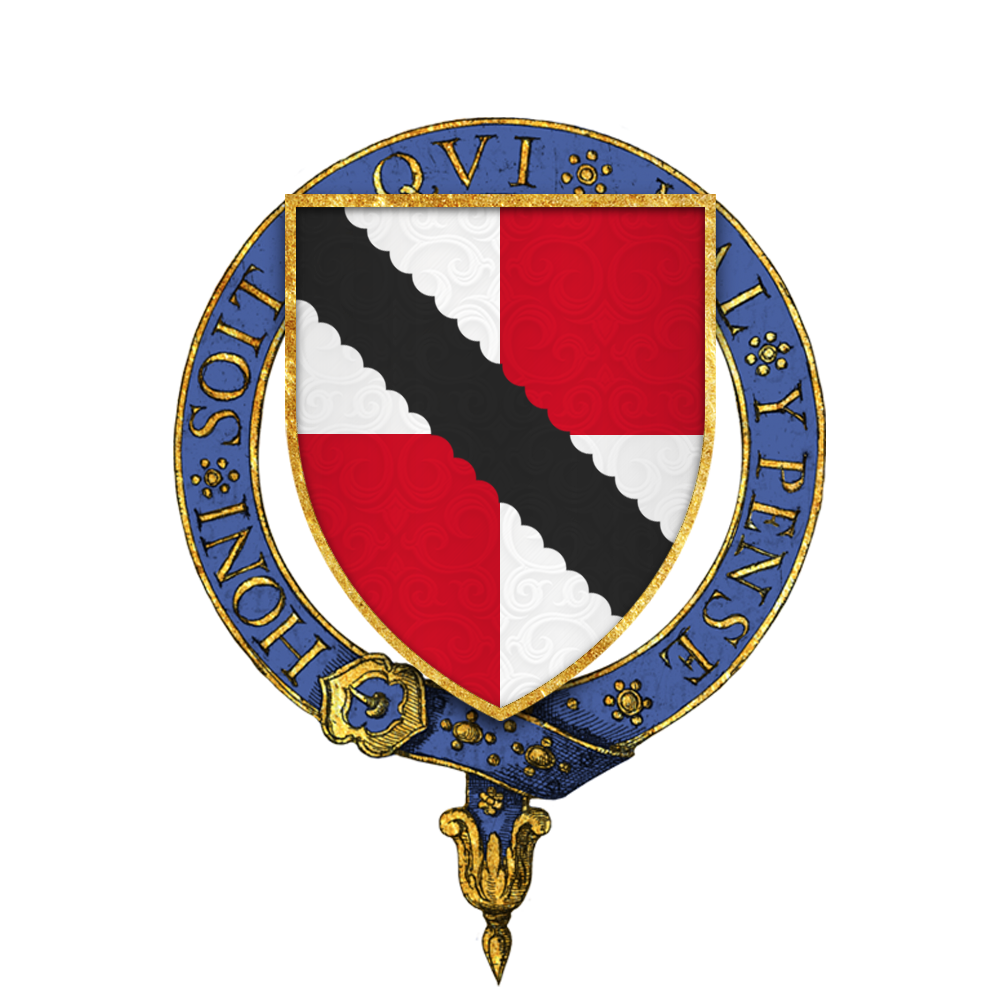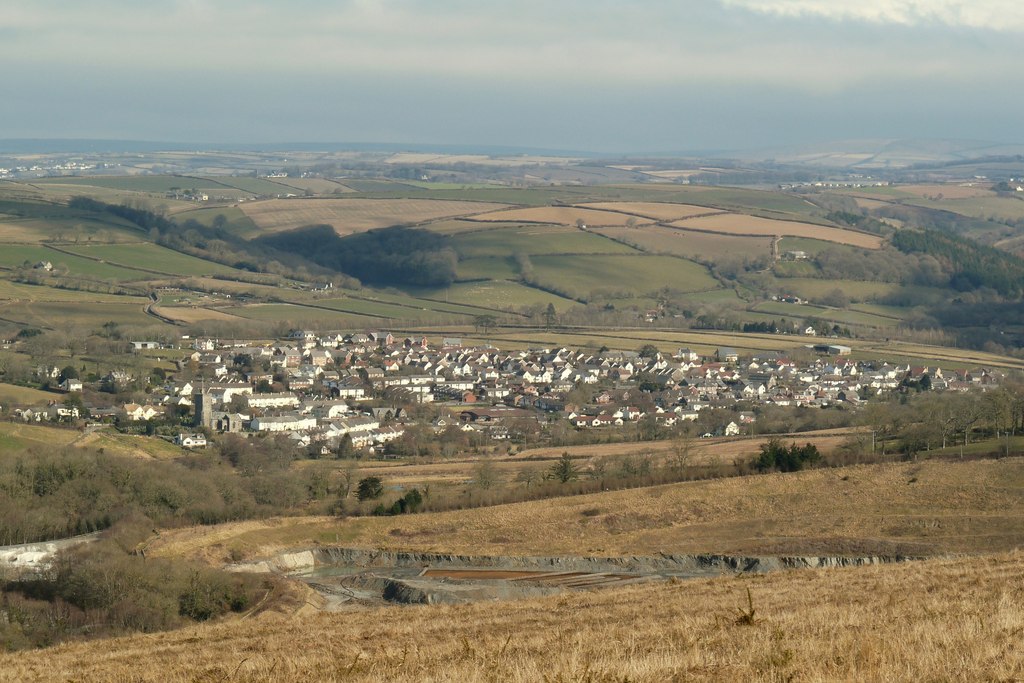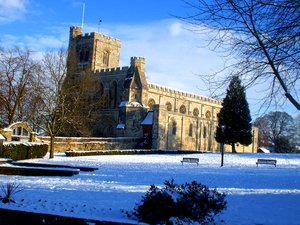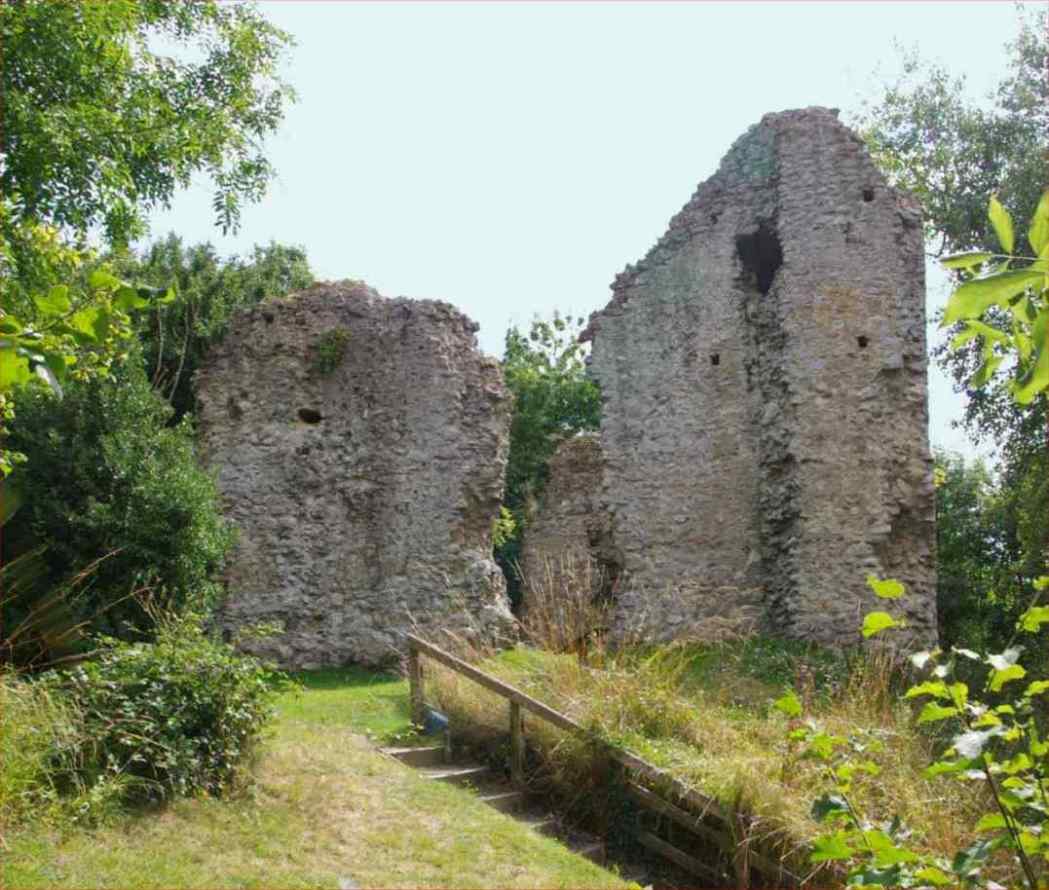|
Neil Loring
Sir Neil Loring ("Loryng", "Loringe" etc., Neel ''alias'' Nigel, Latin: ''Nigellus'') (c. 1320 – 18 March 1386), KG, was a medieval English soldier and diplomat and a founding member of the Order of the Garter, established by King Edward III in 1348. The central character in two historical novels by Sir Arthur Conan Doyle, '' Sir Nigel'' and ''The White Company'', is loosely based on Neil Loring. Origins He was born in Chalgrave, Bedfordshire, the son of Roger Loring by his wife Cassandra Perrott. Career Loring fought at the Battle of Sluys in 1340, following which he was knighted for his bravery and awarded a pension of £20 a year. In 1347 he was with King Edward III during the Siege of Calais, and the following year was invested as one of the founding Knights of the Garter. By 1351 Loring was chamberlain to the Prince of Wales, and a member of his council. He accompanied the prince to Aquitaine in 1353, and distinguished himself in the Poitiers Campaign, during which ... [...More Info...] [...Related Items...] OR: [Wikipedia] [Google] [Baidu] |
Order Of The Garter
The Most Noble Order of the Garter is an order of chivalry founded by Edward III of England in 1348. It is the most senior order of knighthood in the British honours system, outranked in precedence only by the Victoria Cross and the George Cross. The Order of the Garter is dedicated to the image and arms of Saint George, England's patron saint. Appointments are at the sovereign's sole discretion and are usually in recognition of a national contribution, for public service, or for personal service to the sovereign. Membership of the order is limited to the sovereign, the Prince of Wales, and no more than 24 living members, or Companions. The order also includes supernumerary knights and ladies (e.g. members of the British royal family and foreign monarchs). The order's emblem is a garter with the motto (Middle French for 'Shame on him who thinks evil of it') in gold lettering. Members of the order wear it on ceremonial occasions. History King Edward III founded the Order ... [...More Info...] [...Related Items...] OR: [Wikipedia] [Google] [Baidu] |
Siege Of Calais (1346) ...
Siege of Calais may refer to: *Siege of Calais (1346–1347), the siege and capture of Calais by the English during the Hundred Years' War *Siege of Calais (1349), the failed siege by Sir Geoffroi de Charny on December 31, 1348 *Siege of Calais (1436), the failed siege of Calais by Philip the Good, Duke of Burgundy *Siege of Calais (1558), the siege and capture of the town by the French in the reign of Queen Mary of England *Siege of Calais (1596), the capture of the town by the Spanish on behalf of the French Catholic League during the French civil war of 1585-98 *Siege of Calais (1940), siege and capture by the Germans during World War II *Operation Undergo, the Allied siege and capture of Calais in 1944 *''L'assedio di Calais ''L'assedio di Calais'' (''The siege of Calais'') is an 1836 ''melodramma lirico'', or opera, in three acts by Gaetano Donizetti, his 49th opera. Salvatore Cammarano wrote the Italian libretto, which has been described as "...a remarkable libr ... [...More Info...] [...Related Items...] OR: [Wikipedia] [Google] [Baidu] |
Feudal Barony Of Bampton
The feudal barony of Bampton was one of eight feudal baronies in Devonshire which existed during the mediaeval era, and had its ''caput'' at Bampton Castle within the manor of Bampton. Descent Domesday Book The Domesday Book of 1086 lists ''Baentone'' as one of the 27 Devon holdings of Walter of Douai, also known therein as ''Walscin''. Walter was also feudal baron of Castle Cary in Somerset. At Bampton he established a castle,Risdon, p.64 the motte of which survives today. The manor was a very large holding of 76 households, and previously to the Norman Conquest of England of 1066 had been held in demesne by King Edward the Confessor. As a manor in the royal demesne it had paid no tax. Walter had obtained it from William the Conqueror in exchange for the manors previously granted to him of Ermington and Blackawton.Thorn, part 2, 23:5 According to the Book of Fees the member manors of the barony of Bampton included: Duvale, ''Hele'' (possibly Hele, Clayhanger), Doddisc ... [...More Info...] [...Related Items...] OR: [Wikipedia] [Google] [Baidu] |
Barnstaple
Barnstaple ( or ) is a river-port town in North Devon, England, at the River Taw's lowest crossing point before the Bristol Channel. From the 14th century, it was licensed to export wool and won great wealth. Later it imported Irish wool, but its harbour silted up and other trades developed such as shipbuilding, foundries and sawmills. A Victorian market building survives, with a high glass and timber roof on iron columns. The parish population was 24,033 at the 2011 census, and that of the built-up area 32,411 in 2018. The town area with nearby settlements such as Bishop's Tawton, Fremington and Landkey, had a 2020 population of 46,619. Toponymy The spelling Barnstable is obsolete, but retained by an American county and city. It appears in the 10th century and is thought to derive from the Early English ''bearde'', meaning "battle-axe", and ''stapol'', meaning "pillar", i. e. a post or pillar to mark a religious or administrative meeting place. The derivation from ''staple' ... [...More Info...] [...Related Items...] OR: [Wikipedia] [Google] [Baidu] |
Landkey
Landkey ( kw, Lannke) is a small village in the county of Devon in the south-west of England with a population of 2274, falling to 1,734 at the 2011 census. It is situated from the nearest town of Barnstaple. The village is a major part of the electoral ward called ''Landkey'', Swimbridge and Taw. The total ward population at the above census was 4,957. Origin It was formerly believed by certain locals that Landkey was founded by Leon Freeman in 1586 as a settlement to escape from the Spanish Armada. This supposition is now categorised as a 'mistruth legend'. It is now widely accepted that the name of the village, Landkey, is derived from the ''Llan of Kea'', 'Llan' is the south-western Brythonic for an area of ground around a church or chapel, staying as "llan" in Welsh and later developing as"lann" in Cornish, which in this case was Saint Kea's hermitage. Kea and a brother Celtic monk, Filia, are known to have worked together in the evangelisation of these parts, pr ... [...More Info...] [...Related Items...] OR: [Wikipedia] [Google] [Baidu] |
Knowstone
Knowstone is a village and civil parish situated in the North Devon district of Devon, England, halfway between the Mid Devon town of Tiverton, Devon and the North Devon town of South Molton. The hamlet of East Knowstone lies due east of the village. Knowstone was the birthplace of Admiral Sir John Berry (1635–1691), second son of Rev. Daniel Berry (1609–1654), vicar of Knowstone ''cum'' Molland. An elaborate mural monument erected by Sir John in 1684 to the memory of his parents survives in Molland Church. The village lies on the route of the Two Moors Way and Celtic Way Exmoor Option. History Knowstone appears to have included several separate manors at the time of the Domesday Book in 1086. It was within the jurisdiction of South Molton Hundred. Historic estates The parish of Knowstone included three notable historic estates: *Beaple, the home of the de Beaupel family, also of Landkey. *Shapcott, the original home of the Shapcott family; *Wadham, Knowstone the orig ... [...More Info...] [...Related Items...] OR: [Wikipedia] [Google] [Baidu] |
Chantry
A chantry is an ecclesiastical term that may have either of two related meanings: # a chantry service, a Christian liturgy of prayers for the dead, which historically was an obiit, or # a chantry chapel, a building on private land, or an area in a parish church or cathedral reserved for the performance of the "chantry duties". In the Medieval Era through to the Age of Enlightenment it was commonly believed such liturgies might help atone for misdeeds and assist the soul to obtain eternal peace. Etymology The word "chantry" derives from Old French ''chanter'' and from the Latin ''cantare'' (to sing). Its medieval derivative ''cantaria'' means "licence to sing mass". The French term for this commemorative institution is ''chapellenie'' (chaplaincy). Overview Liturgy for the dead Firstly, a chantry could mean the prayers and liturgy in the Christian church for the benefit of the dead, as part of the search for atonement for sins committed during their lives. It might include the m ... [...More Info...] [...Related Items...] OR: [Wikipedia] [Google] [Baidu] |
Dunstable
Dunstable ( ) is a market town and civil parishes in England, civil parish in Bedfordshire, England, east of the Chiltern Hills, north of London. There are several steep chalk escarpments, most noticeable when approaching Dunstable from the north. Dunstable is the fourth largest town in Bedfordshire and along with Houghton Regis forms the westernmost part of the Luton/Dunstable Urban Area. Etymology In Ancient Rome, Roman times there was a minor settlement called Durocobrivis in the area now occupied by modern-day Dunstable. There was a general assumption that the nominative form of the name had been Durocobrivae, so that is what appears on the map of 1944 illustrated Dunstable#History, below. But current thinking is that the form ''Durocobrivis'', which occurs in the Antonine Itinerary, is a fossilised locative that was used all the time and Ordnance Survey now uses this form. There are several theories concerning its modern name: *Legend tells that the lawlessness of t ... [...More Info...] [...Related Items...] OR: [Wikipedia] [Google] [Baidu] |
Dunstable Priory
The Priory Church of Saint Peter, St Peter with its monastery (Dunstable Priory) was founded in 1132 by Henry I of England, Henry I for Augustinians, Augustinian Canons Regular#Canons Regular, Canons in Dunstable, Bedfordshire, England. St Peter's today is only the nave of what remains of an originally much larger Augustinian priory church. The monastic buildings consisted of a dormitory for the monks, an infirmary, stables, workshops, bakehouse, brewhouse and buttery. There was also a hostel for pilgrims and travellers, the remains of which is known today as Priory House. Opposite the Priory was one of the royal palaces belonging to Henry I of England, Henry I, known as Kingsbury. The present church and Deanery form part of the Archdeaconry of Bedford, located within the Diocese of St Albans. It became a Listed building, Grade I listed building on 25 October 1951. History The Augustinian priory of Dunstable was founded by Henry I of England, Henry I about the year 1132, and ... [...More Info...] [...Related Items...] OR: [Wikipedia] [Google] [Baidu] |
John Leland (antiquary)
John Leland or Leyland (13 September, – 18 April 1552) was an English poet and antiquary.Carley (2006), "Leland, John (''ca''. 1503–1552)" Leland has been described as "the father of English local history and bibliography". His ''Itinerary'' provided a unique source of observations and raw materials for many subsequent antiquaries, and introduced the county as the basic unit for studying the local history of England, an idea that has been influential ever since. Early life and education Most evidence for Leland's life and career comes from his own writings, especially his poetry. He was born in London on 13 September, most probably in about 1503, and had an older brother, also named John. Having lost both his parents at an early age, he and his brother were raised by Thomas Myles. Leland was educated at St Paul's School, London, under its first headmaster, William Lily. It was here that he already met some of his future benefactors, notably William Paget. Leland wa ... [...More Info...] [...Related Items...] OR: [Wikipedia] [Google] [Baidu] |
John Hastings, 2nd Earl Of Pembroke
John Hastings, 2nd Earl of Pembroke, (29 August 1347 – 16 April 1375), was a fourteenth-century English nobleman and soldier. He also held the titles Baron Abergavenny and Lord of Wexford. He was born in Sutton Valence, the son of Laurence Hastings, 1st Earl of Pembroke, and Agnes Mortimer. His father died when John Hastings was a year old, and he became a ward of King Edward III while remaining in his mother's care. The King arranged for John to marry Edward's daughter Margaret in 1359, which drew John into the royal family. However, Margaret died two years later. John Hastings inherited his father's earldom, subsidiary titles and estates in 1368. The same year he made a second marriage, to Anne, daughter of Walter, Lord Mauny. The following year Pembroke began the career in royal service that was to continue for the rest of his life. The Hundred Years' War had recently reignited in France, and in 1369 Pembroke journeyed to Aquitaine. There he took part in a sequence o ... [...More Info...] [...Related Items...] OR: [Wikipedia] [Google] [Baidu] |
Robert Knolles
Sir Robert Knolles or Knollys ( – 15 August 1407; aged 81-82) was an important English knight of the Hundred Years' War, who, operating with the tacit support of the crown, succeeded in taking the only two major French cities, other than Calais and Poitiers, to fall to Edward III. His methods, however, earned him infamy as a freebooter and a ravager: the ruined gables of burned buildings came to be known as "Knollys' mitres". Breton war of succession Born in Cheshire, Knolles first appears as the captain of several castles throughout Brittany in the mid-14th century, including Fougeray, Gravelle and Chateaublanc. He was one of the English champions at the Combat of the Thirty in 1351, where he was captured. He then contributed himself and 800 men to the 1356 chevauchée of Henry of Grosmont, 1st Duke of Lancaster through Normandy, a diversionary campaign to draw King John II of France north and thus leave the Black Prince free to embark on the famous Poitiers campaign ... [...More Info...] [...Related Items...] OR: [Wikipedia] [Google] [Baidu] |





.jpeg)
